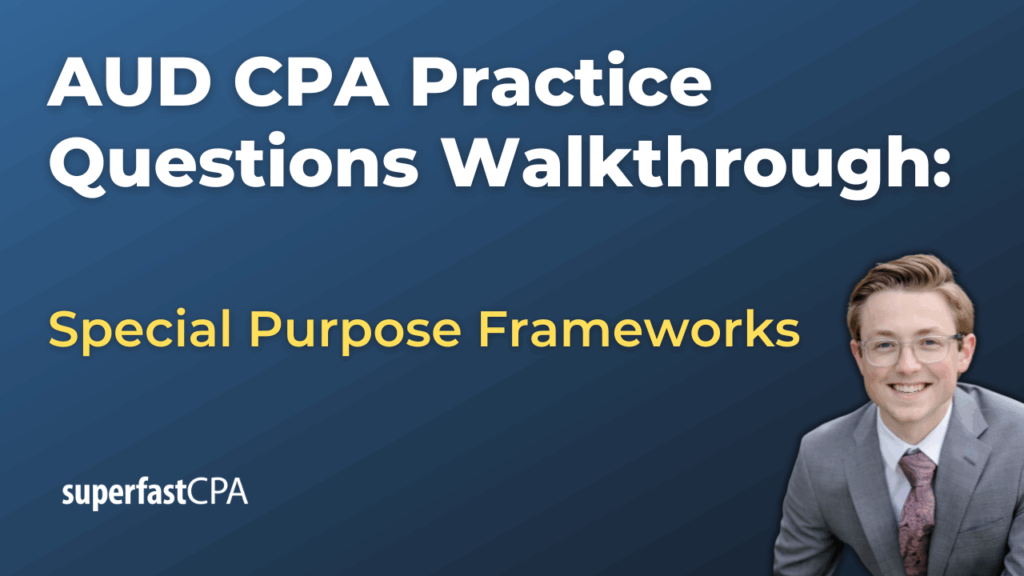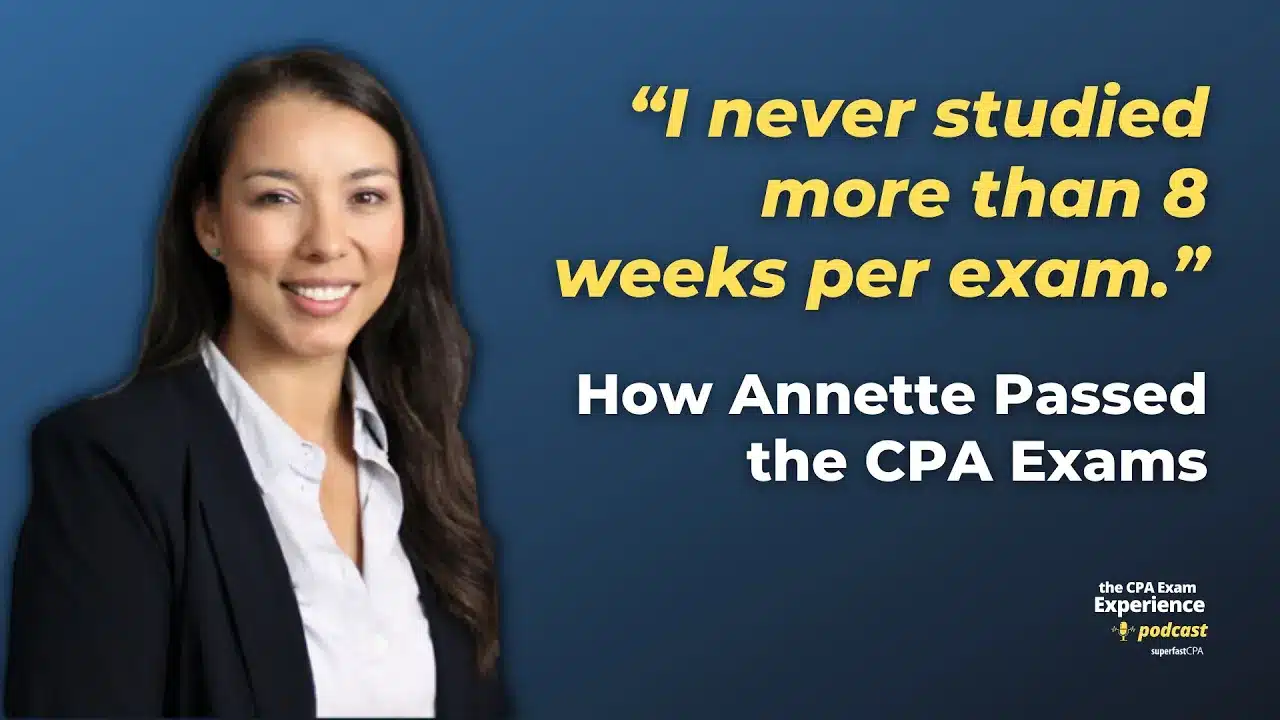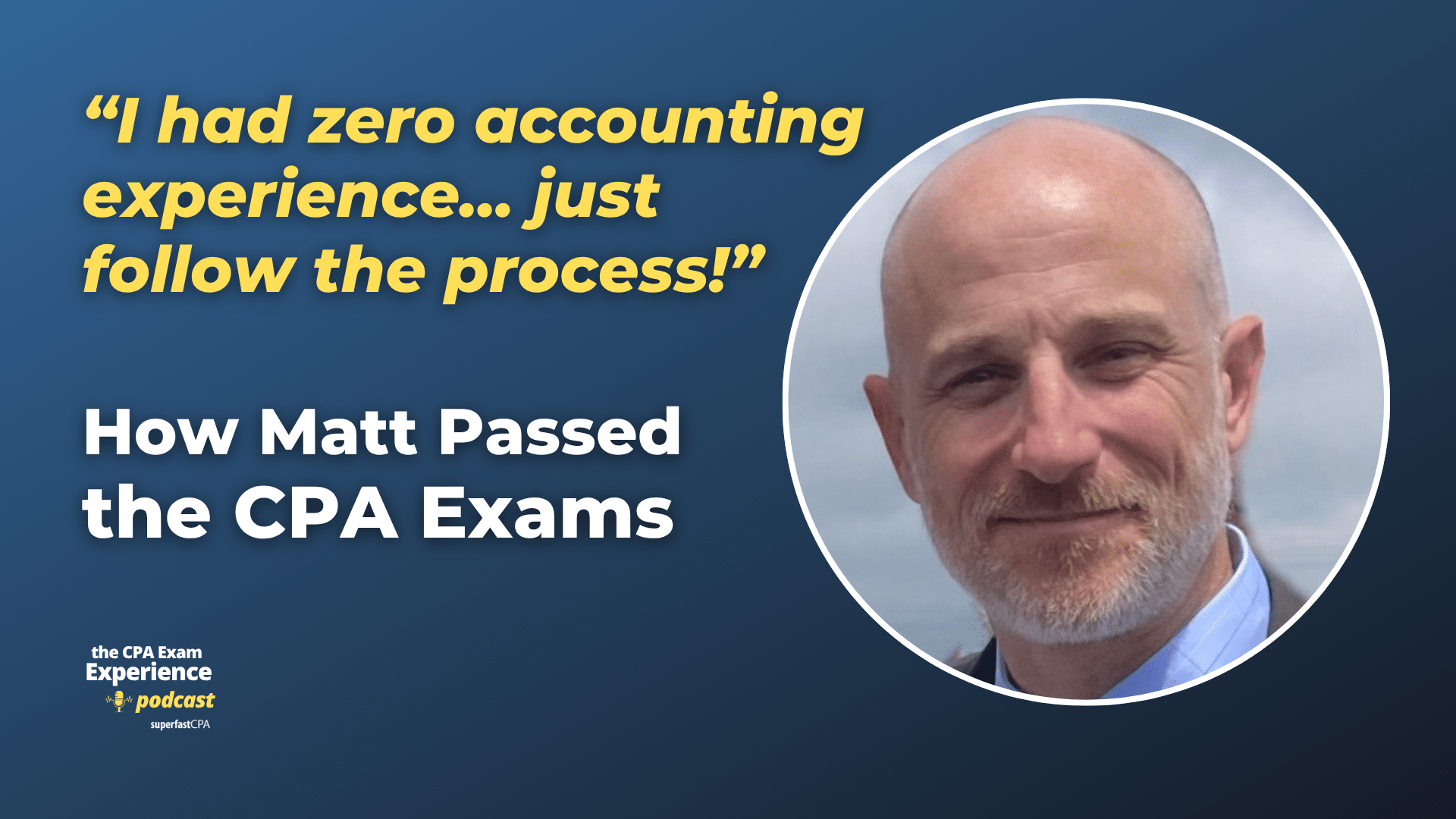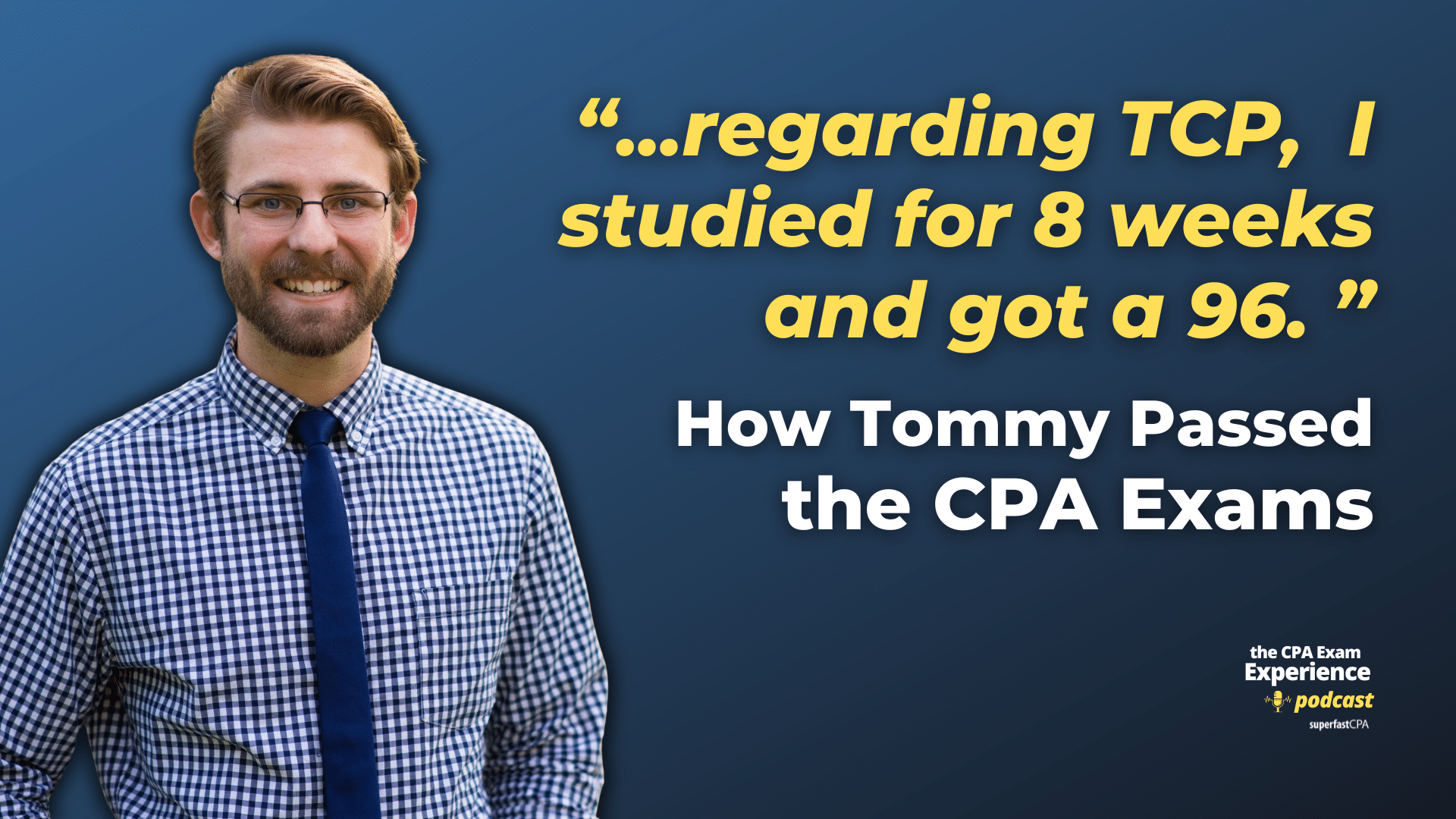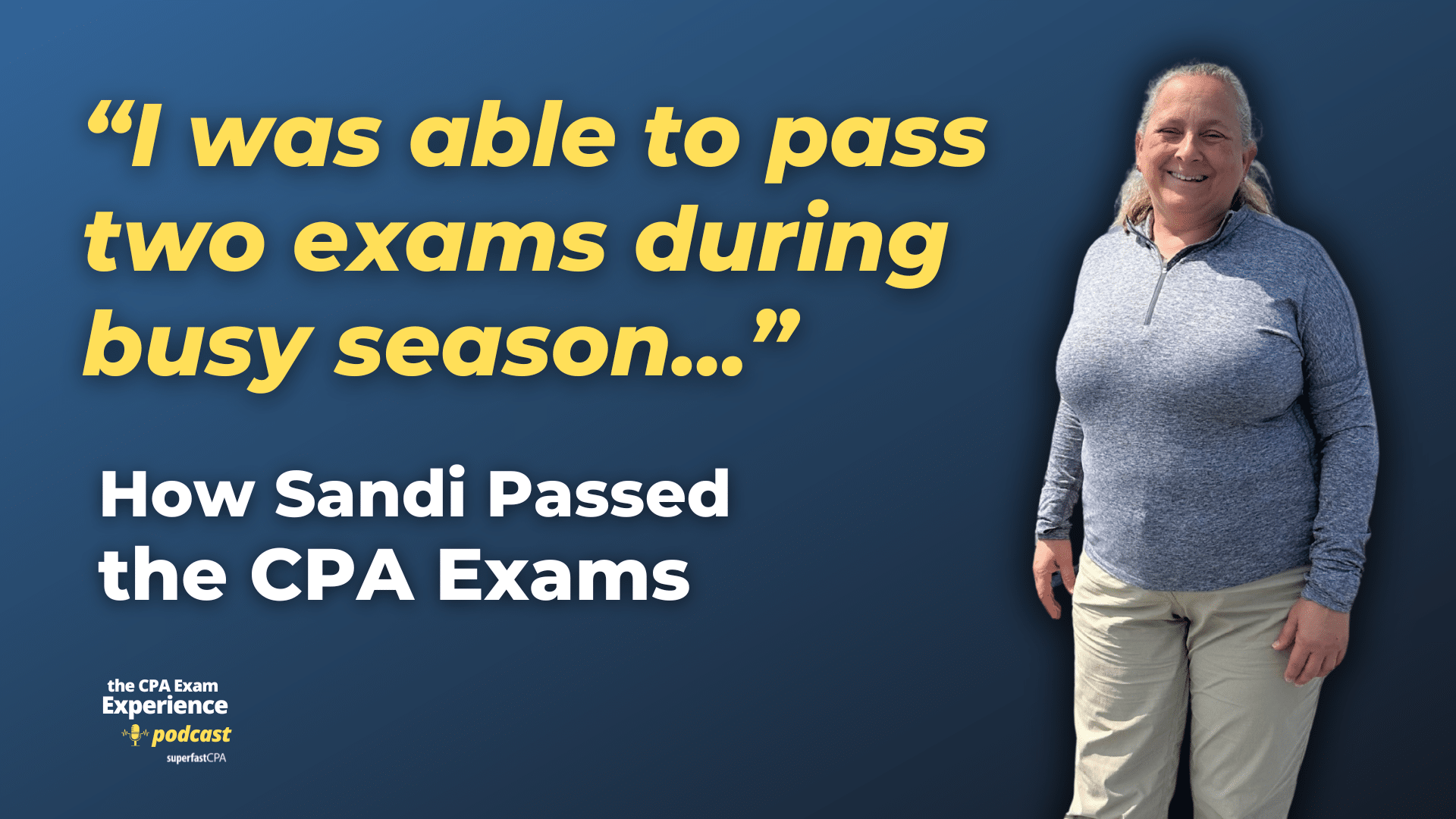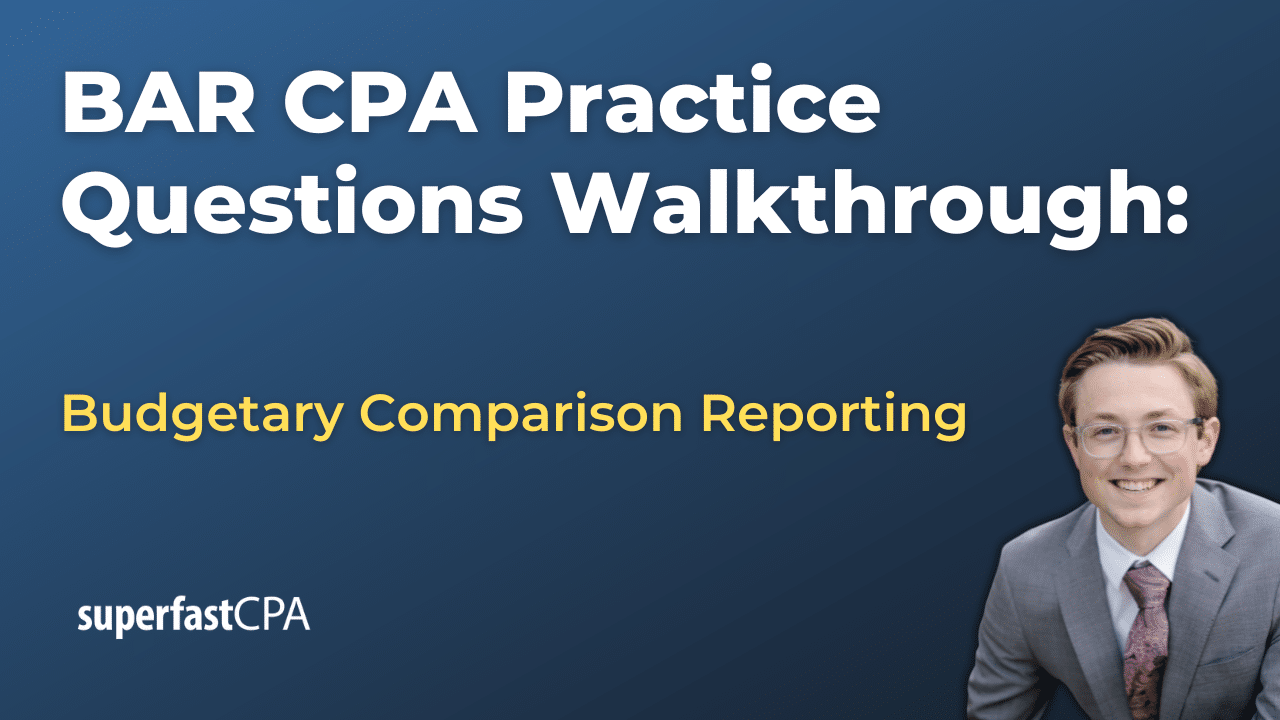In this video, we walk through 5 AUD practice questions teaching about special purpose frameworks. These questions are from AUD content area 4 on the AICPA CPA exam blueprints: Forming Conclusions and Reporting
The best way to use this video is to pause each time we get to a new question in the video, and then make your own attempt at the question before watching us go through it.
Also be sure to watch one of our free webinars on the 6 “key ingredients” to an extremely effective & efficient CPA study process here…
Special Purpose Frameworks
When auditors encounter financial statements prepared using a basis other than U.S. Generally Accepted Accounting Principles (GAAP), they must follow specific guidance. These alternative frameworks, referred to as special purpose frameworks (SPFs), require the auditor to adjust their audit report to clearly reflect the nature of the reporting basis and to communicate the scope and purpose of the audit accurately.
This post provides an overview of the key considerations an auditor should evaluate when reporting on financial statements prepared using the cash basis, tax basis, regulatory basis, contractual basis, or other basis of accounting.
Understanding Special Purpose Frameworks
A special purpose framework is a non-GAAP reporting method used to meet specific financial reporting requirements. These frameworks are acceptable under professional auditing standards when they serve the needs of intended users. The five types of commonly recognized special purpose frameworks are as follows:
- Cash basis of accounting
- Tax basis of accounting
- Regulatory basis of accounting
- Contractual basis of accounting
- Other basis of accounting (must be definite and consistently applied)
For example, a sole proprietor might use the cash basis to track receipts and disbursements, while a utility company might use a regulatory basis to comply with oversight agency rules.
Key Audit Reporting Requirements
When auditing financial statements prepared under a special purpose framework, auditors are required to modify the standard audit report to reflect several important factors.
1. Identify the Framework Used
Auditors must clearly understand and identify the specific framework used to prepare the financial statements. This identification forms the foundation for report modifications and user understanding.
For instance, if a client uses the tax basis of accounting, the auditor must anticipate income and expense recognition methods that align with tax rules rather than GAAP.
2. Modify the Auditor’s Report Language
AU-C section 800 requires auditors to modify the standard audit report in several ways when the financial statements are prepared using an SPF. These changes include:
- Naming the special purpose framework in the introductory paragraph
- Adjusting the management’s responsibility paragraph to reflect the SPF
- Stating the basis of accounting in the opinion paragraph
- In certain cases, adding an emphasis-of-matter or other-matter paragraph
For example, in an audit of financial statements prepared using the cash basis, the opinion paragraph would state that the financial statements “present fairly, in all material respects, the cash receipts and disbursements… on the cash basis of accounting.”
3. Determine Acceptability of the Framework
The auditor must consider whether the special purpose framework is acceptable based on the needs of the intended users. A framework is considered acceptable if the users of the financial statements understand its limitations and relevance.
For example, a tax basis of accounting may be appropriate for a business preparing statements for tax planning purposes but may not be suitable for general lending or investment decisions unless users explicitly accept its use.
4. Restrict Report Use When Appropriate
When the financial statements are prepared for a specific audience, such as a regulatory body or parties to a contract, the auditor must include an other-matter paragraph restricting the use of the report to those specified parties.
For example, if a report is prepared using a contractual basis for a lender under a financing agreement, the auditor must include language such as: “This report is intended solely for the information and use of [named parties] and is not intended to be, and should not be, used by anyone other than these specified parties.”
5. Ensure Appropriate Financial Statement Titles
Financial statement titles must accurately reflect the basis of accounting used. Using standard GAAP titles may mislead users and could result in a modified audit opinion.
For instance, instead of titling a balance sheet prepared using the tax basis as “Balance Sheet,” it should be titled “Statement of Assets, Liabilities, and Equity – Tax Basis” to clearly indicate that GAAP is not being applied.
Examples of Special Purpose Frameworks
Cash Basis
- Recognizes transactions when cash is received or paid.
- Often used by small organizations or sole proprietors.
- Financial statements must be appropriately titled, such as “Statement of Cash Receipts and Disbursements.”
Tax Basis
- Uses tax reporting rules for revenue and expense recognition.
- Common among small businesses whose reporting aligns with tax filings.
- Proper titles include “Statement of Revenues and Expenses – Tax Basis.”
Regulatory Basis
- Prepared to comply with the financial reporting requirements of a regulator.
- Requires inclusion of an other-matter paragraph to restrict use.
- Format and disclosures must align with the regulator’s requirements.
Contractual Basis
- Prepared according to an agreement between parties, such as a loan covenant.
- Requires restricted-use language and clear indication of the accounting basis.
- May involve unique line items required by the agreement.
Other Basis
- A self-contained basis that is consistent and has substantial support.
- Includes frameworks like the Financial Reporting Framework for Small- and Medium-Sized Entities (FRF for SMEs), which the AICPA considers a special purpose framework.
- Requires judgment in evaluating acceptability and proper disclosure.
Summary
To report properly on financial statements prepared under a special purpose framework, auditors should evaluate the following five factors:
- Identify the specific framework used (cash, tax, regulatory, contractual, or other).
- Modify the standard audit report to reflect the special purpose framework throughout.
- Evaluate the acceptability of the framework based on user needs.
- Add an other-matter paragraph to restrict use when the statements are intended for specific parties.
- Use accurate and appropriate financial statement titles that clearly indicate the basis of accounting.
Understanding and applying these considerations ensures that the auditor’s report remains clear, consistent, and in compliance with professional standards, even when the financial statements are prepared using an alternative to GAAP.

